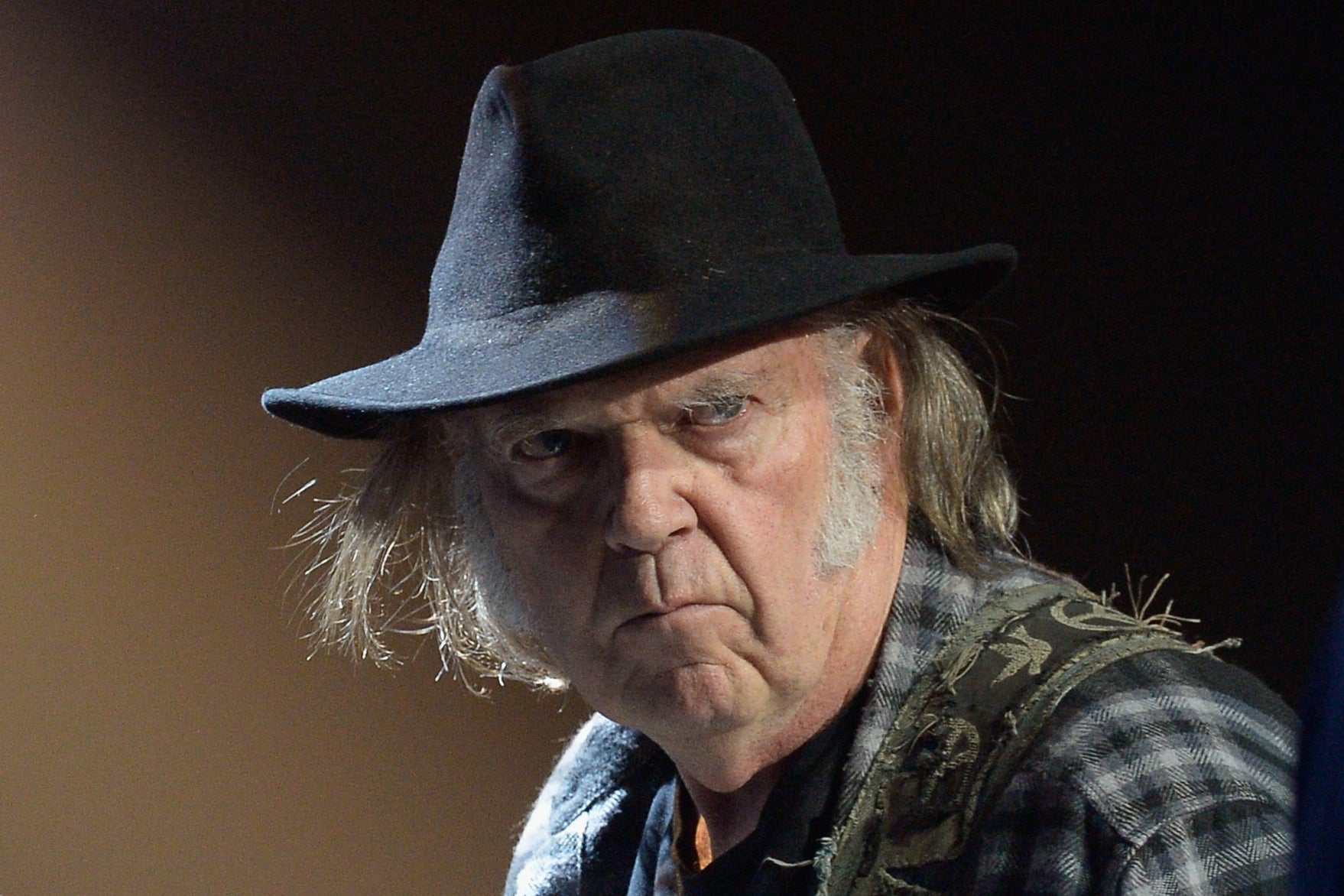‘One Hundred Years of Solitude’, Gabriel García Márquez’s seminal novel, weaves superstition, sex and the surreal into an unparallelled Spanish-language epic. Helen Coffey assesses whether a new Netflix show can possibly do justice to the original.
![[José Arcadio Buendía sets forth to set up the town of Macondo]](https://static.independent.co.uk/2024/12/12/22/newFile-2.jpg)
Four episodes into Netflix’s new adaptation of Gabriel García Márquez’s seminal novel One Hundred Years of Solitude, I’m still reeling. Partly at the hugely ambitious, lavishly filmed series itself – but mainly at the fact that it ever got made in the first place.
![[Colonel Aureliano Buendía is plunged back into his memories as he faces the firing squad]](https://static.independent.co.uk/2024/12/10/16/CADS_108-SC815_S-22_R.jpg)
A sprawling masterclass in magic realism, the 1967 novel spans seven generations of the fictional Buendía family, weaving together sex, superstition, and the downright surreal. It’s a complex series of warped, bizarre and at times grotesque tales, propelled by deep-rooted, unshakeable desires and the doomed characters’ inability to escape their fate – a kind of intergenerational curse that passes from parents to children (including, more often than not, the proclivity to copulate with their own relatives).
Set in the make-believe Colombian town of Macondo from the early 1800s onwards, the book charts how a streak of endless civil wars, freak climate events and imperialist plantation owners shape this geographically nebulous corner of Latin America for over a century. Márquez paints this world with such vivid, visceral strokes that, years after reading his novel, it stayed seared into my imagination: Rebeca shovelling handfuls of dirt into her mouth; mad José Arcadio tied to a chestnut tree and muttering in Latin; a naked Remedios the Beauty painting animals on the walls with her own excrement.






















